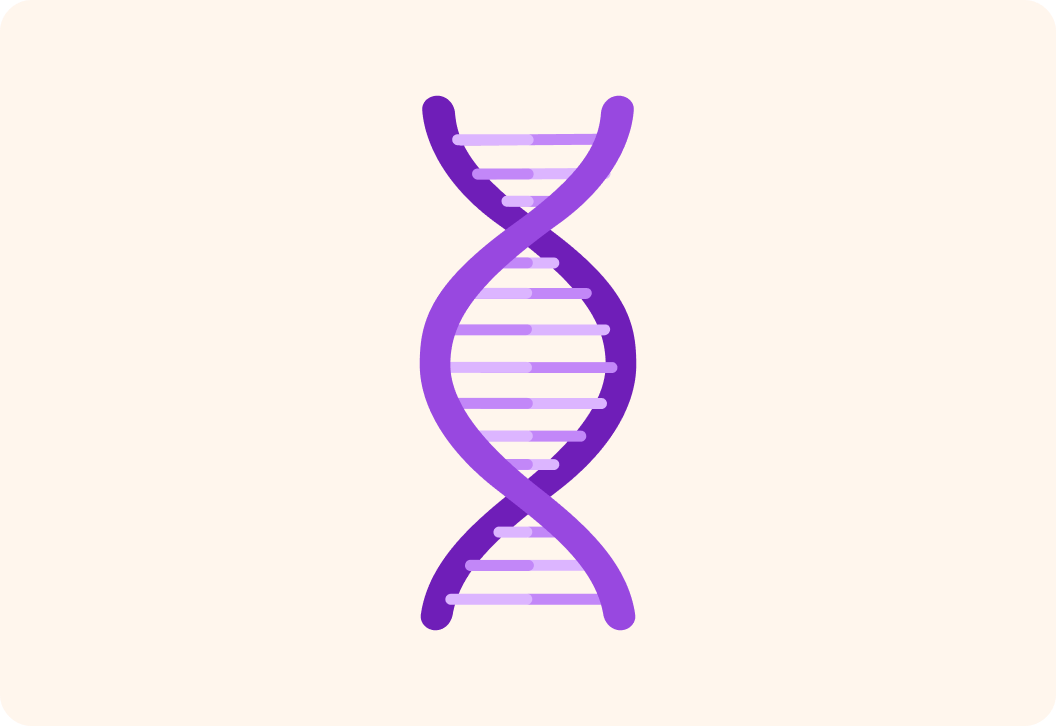YOU ARE LEARNING:
The Genome

The Genome
The genome is the genetic makeup of an organism.
Take a guess. What do you think the genome of an organism is?

The genome is the 'genetic makeup' of an organism. It is a unique combination of DNA within each organism, and it is all the DNA required to build an organism, like you and me.
Select all the options below that you think has a genome.

You can select multiple answers
DNA **** which makes up the genome is responsible for individual organisms' individual traits. For example, not all humans have the same colour hair or the same colour eyes.
In general, the genome is unique to each person, as we each have a different combination of DNA, and therefore look and act differently.
Now, do you think identical twins have unique genomes too? Answer yes or no.

DNA in the genome is passed down from parent to offspring. Identical twins develop from the same egg, which splits into two after fertilisation, so the genome gets "copied" alongside the rest of the egg.
Therefore identical twins have the exact same DNA!
Have you ever wondered why siblings look or act similarly? Why they share traits? Which one of these do you think is the reason?

So your DNA comes from your parents, therefore we can say DNA is...

As we inherit our genome from our parents, it is a mix of both their DNA. How much of your DNA do you think you get from each parent? Give your answer as a percentage.

Let's make sure we've got the definitions of the genome and DNA clear. Select one definition for the genome you think is correct, and one for DNA.

You can select multiple answers
Take a look at the image above. Keeping in mind that DNA is an important molecule that needs to be kept safe, where do you think it is stored in this cell?


Due to its importance for heritability and protein synthesis, DNA is stored inside the nucleus in the cell.
What option best describes the type of cells where DNA is stored?

Think about DNA as a very very important book. Now, think about the nucleus of a cell as the library where that very important book is kept. If we only had one copy of that very important book in only one library, what if that library burnt to the ground? We would have lost the only copy of that very important book! Therefore, we have a copy of our DNA in every cell in our body that has a nucleus.
This is an x-ray diffraction image of DNA. X-ray diffraction was one of the methods used by scientists such as James Watson, Francis Crick and Rosalind Franklin to solve the structure of DNA back in 1953.
This image is usually referred to as 'Photo 51'.

This is a DNA molecule. What do you think best describes its shape?
A) Helix. B) Double Helix. C) Circle.
Answer A, B or C.


Which of these methods do you think were used in process of discovering DNA? Pick 3 from the list below.

You can select multiple answers
In 2003, we completed the Human Genome Project. It was a collaborative mission by many scientists to read the DNA of an individual human. This has had huge importance in the field of medicine, and has unlocked many possibilities for exciting future research. More on that in a different lesson.
